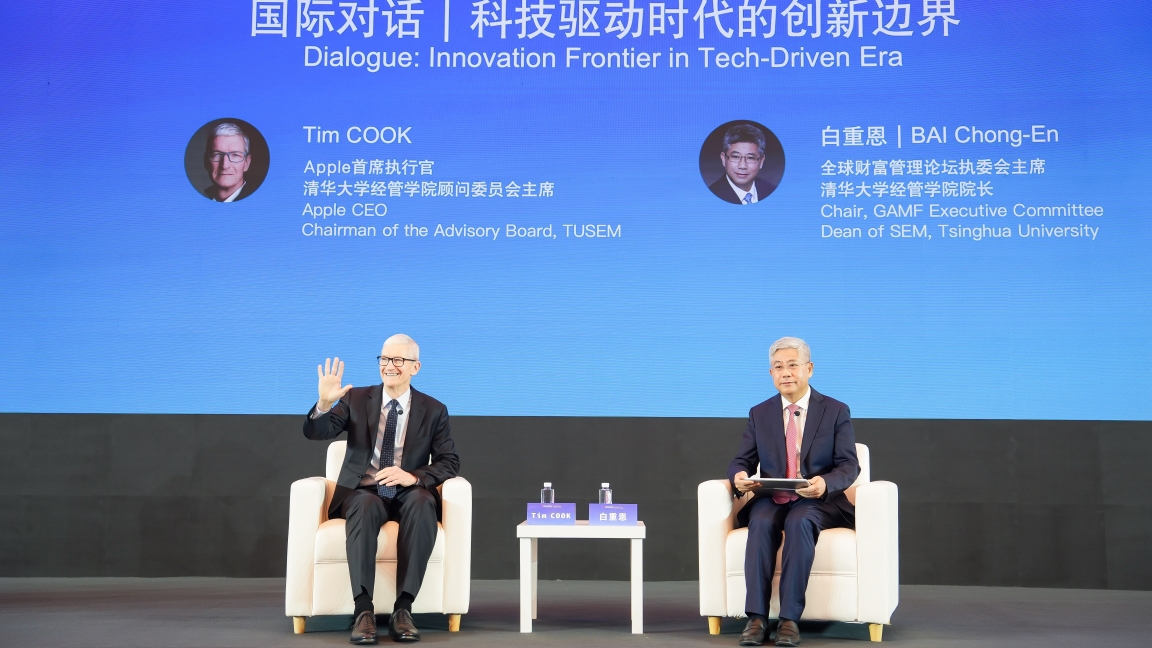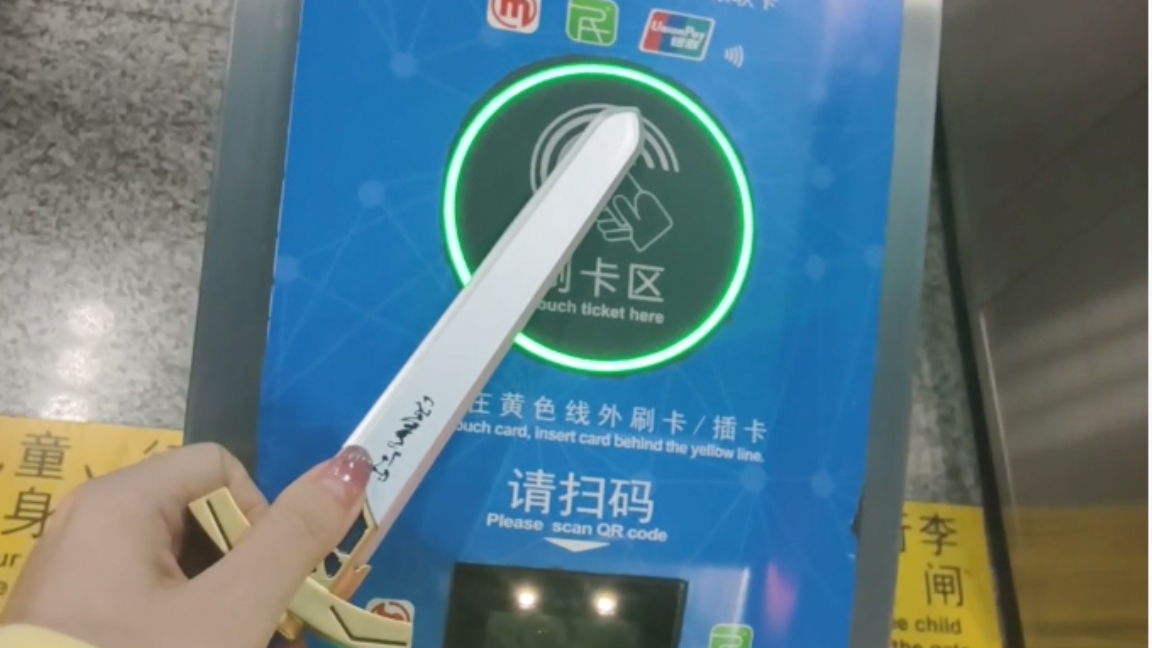Embracing new chip technology that's a 'digital alter ego' for mobile phones
Xiaomi, Qualcomm and MediaTek released new "system-on-a-chip" technology this week, marking a pivotal point in the industry that will power the next generation of flagship Android phones and revolutionize on-device AI, gaming and power efficiency for billions of users worldwide.
The technology involves a powerful integrated circuit that combines essential components like the central and graphics processing units onto a single microchip, raising the bar for modern smartphones.
Taiwan-based MediaTek, a company that provides chips for over 2 billion devices annually, kicked off the week with its release of its system-on-a-chip Dimensity 9500 in Shenzhen, in the southern Guangdong Province. MediaTek President Joe Chen hailed the chip as the company's "crowning achievement in the AI era," with smartphone giants Vivo and Oppo already confirming they will use the chip in upcoming flagship models next month. MediaTek has ambitious plans to capture 40 percent of the market with the new chip, challenging market leader US-based Qualcomm.

On Thursday, Qualcomm responded with its new Snapdragon 8 Elite Gen 5 mobile platform, with ZTE, Sony, Samsung and OnePlus set to adopt the chip. Later that day, Xiaomi launched its new flagship Xiaomi 17 models, which feature Qualcomm's upgraded Snapdragon.
However, Xiaomi Chairman Lei Jun emphasized his company's continued commitment to developing its own in-house chips.
Both new MediaTek and Qualcomm chips feature significant advancements in edge-end AI functions. The companies are promoting "personalized AI assistants" and "proactive AI experiences" that go beyond simple voice assistants. These new AI systems are designed to be cross-application, multimodal and capable of becoming a user's "digital alter ego."
MediaTek's new chip uses a dual-NPU design, making it 111 percent more powerful than its previous generation, particularly for tasks like 4K text-to-image generation. Qualcomm Chief Executive Cristiano Amo said "AI is the new user interface," envisioning smartphones as intelligent "agents" that process data locally to protect user privacy.
On power efficiency, MediaTek's "all big core" design reduces power consumption by up to 55 percent at peak performance and is 30 percent more efficient during multitasking. Qualcomm claims its new Snapdragon chip boasts a 20 percent drop in power consumption.

The new chips use enhanced AI to improve both gaming and photography. Gamers can expect better graphics and longer playtime without overheating. For photography, the chips support a wide range of features, including 200-megapixel output, 4K portrait video, cinematic bokeh effects, and enhanced stabilization. Real-time AI post-processing can instantly optimize skin tones, background blur and color grading.
Xiaomi is touting its new models as the "king of backlight photography" due to these advanced capabilities.
Companies like Xiaomi say in-house chip development is crucial for long-term success.
In a speech on Thursday, Xiaomi Chairman Lei Jun discussed the history of the company's chip development, noting initial failures and its first self-developed 3-nanometer system-on-a-chip. He said the process is a "a tough path," requiring at least a "10-year, 50-billion-yuan (US$694 million)" commitment. By 2025, Xiaomi's investment in research and development is projected to hit 30 billion yuan, with its research team doubling in size since 2020.
This in-house strategy allows companies to gain greater control over performance, costs, and release timelines in China's intensely competitive market, instead of depending on Qualcomm and MediaTek's release schedules. Analysts see this as a critical move toward technological self-reliance amid rising US-China tensions and strict export controls.
By developing its own system-on-a-chip technology, Xiaomi is joining an elite club that includes Apple, Huawei and Samsung owning SoC chips, solidifying its position among major players globally.



In Case You Missed It...
![[SH Buzz] 8 New Restaurants in Shanghai for Oct](https://obj.shine.cn/files/2025/10/28/22fd7254-be87-4bc2-9a4d-079b37099685_0.jpg)







